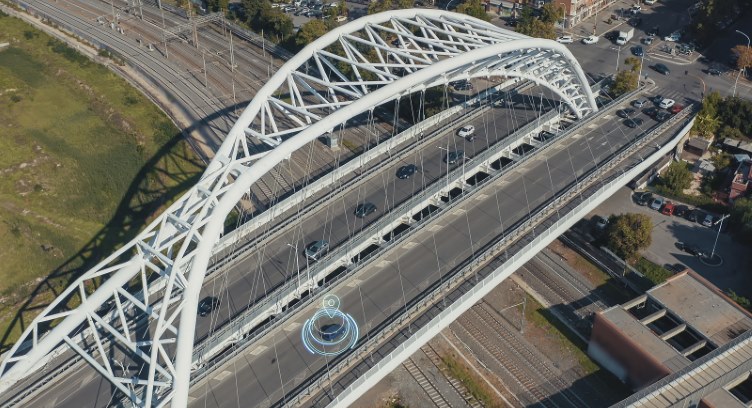You might have heard the term “mission-critical communications” in public safety, military, or industrial settings. It sounds intense—and it is. These types of communications are used when failure is not an option. In this article, we’ll break it down in simple terms so anyone can understand what it means, why it matters, and where it’s used.
What Does “Mission-Critical” Really Mean?
“Mission-critical” means something is so important that if it fails, the entire operation could be in serious trouble. In communications, this refers to systems that must work at all times—no delays, no dropouts, and no downtime.
If a firefighter can’t call for backup, or an airport loses contact with an incoming plane, lives could be at risk. That’s why these communications systems are built to be ultra-reliable and always available.
How It’s Different from Everyday Communication
We use communication tools every day—phone calls, emails, video chats. If a call drops or your message is delayed, it’s annoying but not life-threatening.
But in mission-critical situations, even a small failure can have serious consequences. These systems must be:
- Instant: No delay—messages need to go through immediately.
- Reliable: They must work 24/7, even during disasters or network outages.
- Secure: Sensitive information must be protected from hackers or interference.
- Clear: Communication needs to be easy to understand, even in loud or chaotic environments.
Where Are Mission-Critical Communications Used?
These systems are used in industries and situations where communication can literally mean life or death. Here are some examples:
- Public safety: Police, fire, and ambulance teams use mission-critical radios to coordinate during emergencies.
- Military: Defense operations depend on secure, fast communication to make real-time decisions in combat or strategy.
- Aviation: Pilots and air traffic controllers use it to avoid collisions and manage flight paths safely.
- Utilities: Power plants and water systems use it to control infrastructure and respond quickly to failures.
- Transportation: Rail systems, shipping ports, and highways use it for safety, timing, and logistics.
Technologies Behind Mission-Critical Communications
These systems don’t use regular cell phone networks. They use special networks and equipment designed to work in extreme conditions. Some examples include:
- Two-way radios: Used by police, firefighters, and factory workers for real-time voice communication.
- Private LTE/5G networks: Dedicated wireless networks that aren’t shared with the public, reducing congestion.
- Push-to-talk (PTT) systems: Let teams talk instantly with the push of a button—no dialing or waiting.
- Satellite communication: Used where ground networks don’t reach, like remote areas or during disasters.
Why It Needs to Be So Reliable
Mission-critical communications must keep working no matter what—during natural disasters, power outages, or cyberattacks. That’s why the systems often have:
- Backup power supplies in case of outages
- Redundant networks (so if one path fails, another takes over)
- Hardened infrastructure built to survive floods, fires, or sabotage
It’s all about making sure the line stays open—no matter what.
How It’s Changing with Technology
New technologies are making mission-critical systems even better:
- 5G networks: Provide high-speed, low-latency connections for real-time communication.
- AI and automation: Help detect problems early and respond faster during crises.
- Cloud systems: Allow remote teams to stay connected across wide areas.
While radios and push-to-talk are still common, more teams are adding advanced tech to stay ahead of emergencies.
Mission-Critical Communications in Simple Terms
To wrap it up:
- Mission-critical communications are systems used when communication must never fail.
- They’re built for speed, reliability, and security—no matter the conditions.
- They’re used by first responders, the military, airlines, energy companies, and more.
It’s the technology that helps people stay safe, respond to crises, and make split-second decisions when it matters most.

